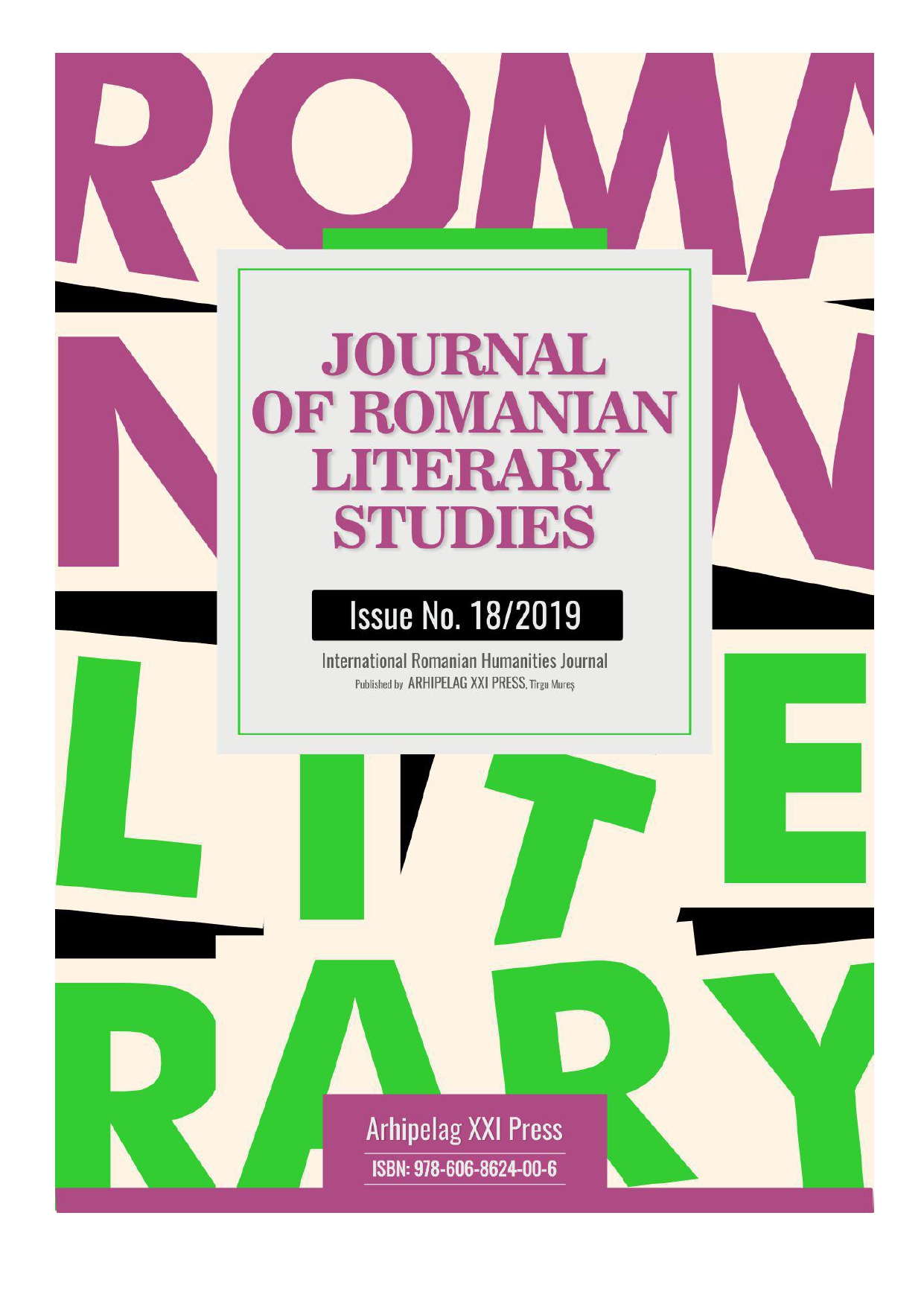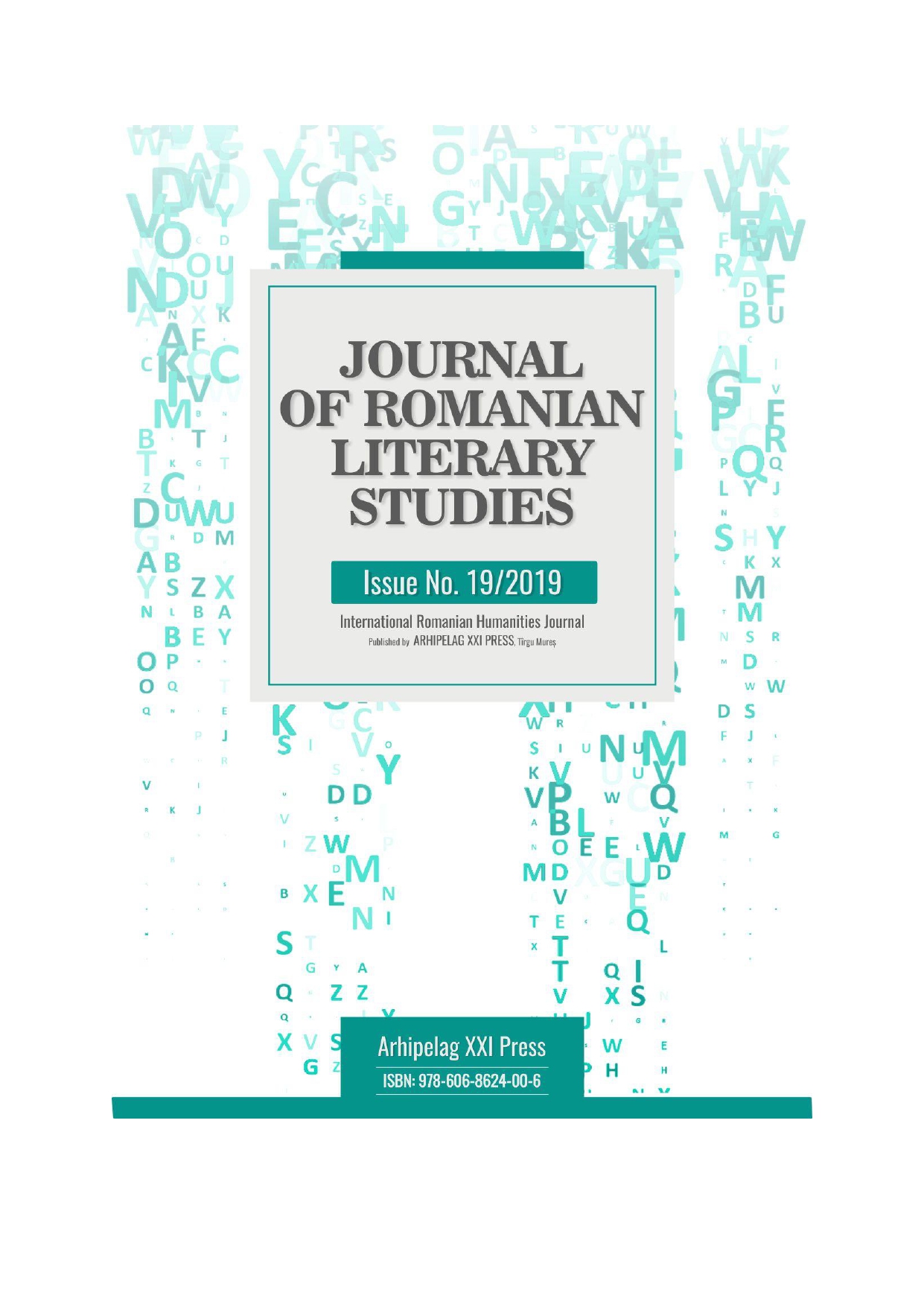Author(s): Simona Constantinovici / Language(s): Romanian
Issue: 19/2019
The aim of the present study was to show how a journal, intermittently published in the interwar period, succeeds in keeping its touches of stylistic and topical freshness. We have noticed that, strangely, few and irrelevant was written about this journal, not to mention the fact that texts within were quasi-ignored over the years, although they offer an extraordinary, complex and credible image on the Romanian society between the two world wars, an illustration of professions, similar in many respects to the one depicted in Moments and sketches by I.L. Caragiale, another canonical author of Romanian literature. With this study, we try to emphasize that Tudor Arghezi's journal is a receptacle of various texts, in which the many characters are arranged in a network of human typologies that can easily be traced also in the tectonic of the present. The ability of writer to gather this impressive human material has inspired our curiosity. Texts that are the subject of this work have been fully or partially transcribed after scanned copies of ”Bilete de papagal” journal, provided by the digitized documents section of National Library of Romania. Typically, fragments we refer to, or, with a term that made history, the parrot tickets (or Arghezian tablets), which we considered to be representative, appeared on the front page of the journal, in a privileged position, functioning thus as a sort of editorial. Interestingly, Arghezi manages to familiarize the yesterday reader, but also the potential reader of some future time, with the deep semantics of his approach. Texts of this journal can become motivation and support for some thematic, stylistic or semantic analysis. The fact that they have lasted a long time in a state of quasi-latency increases their value and pours on them a new, exciting, light.
More...


